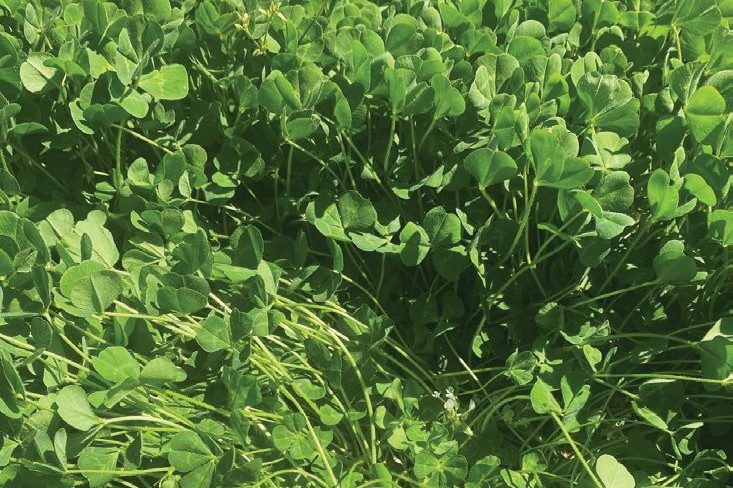A subterranean clover adapted for North Island hill country farming systems is about to hit the market after decades of sitting on the shelf.
Puawaa is an ecotype of the subterranean (sub) clovers (Mt Barker and Tallarook) oversown on North Island hill country in the 1940s and 50s.
In the 1980s, plant scientists including Dr Gavin Sheath, surveyed hill country pastures from the upper North Island. They described the plants, particularly white and sub clovers, and found they were very different to cultivars being sold at that time. They were smaller, more dense and able to persist under intensive, set-stocking grazing regimes, particularly in spring.
In the late 1980s, working at Whatawhata Research Centre near Hamilton, scientists selected a line of sub clover they thought would be more suitable for low fertility, intensively grazed, dry hill country than the Australian sub clovers on the market at the time.
“It was more prostrate, dense and later flowering than the Australian sub clovers and more importantly, it was adapted to New Zealand farming conditions.”
This sub clover thrived on dry hill country, which Sheath points out does not necessarily mean low rainfall areas, with slope and associated run-off influencing how much moisture reaches the root zone.
Sheath says the base material for this cultivar has its origins in multiple sites in upper North Island hill country; that is intensively grazed, dryish, steep hill country.
“It is only now that we are seeing some hill country farmers wanting improved performance from their pastures that we are seeing an opportunity for commercialisation.”
Sheath says Puawaa flowers later than the Australian cultivars and when managed correctly, is a prolific seeder, particularly in the first couple of years.
Ideally, the area sown in Puawaa should be grazed regularly by cattle in the first year after establishment as ewes and lambs will selectively eat the highly palatable legume and significantly reduce reseeding in late spring.
Once established, it will grow a bulk of feed in the critical spring period which will drive lactation and pre-weaning growth rates.
Every three to four years, management should be adjusted to allow the seed bank to rebuild.





